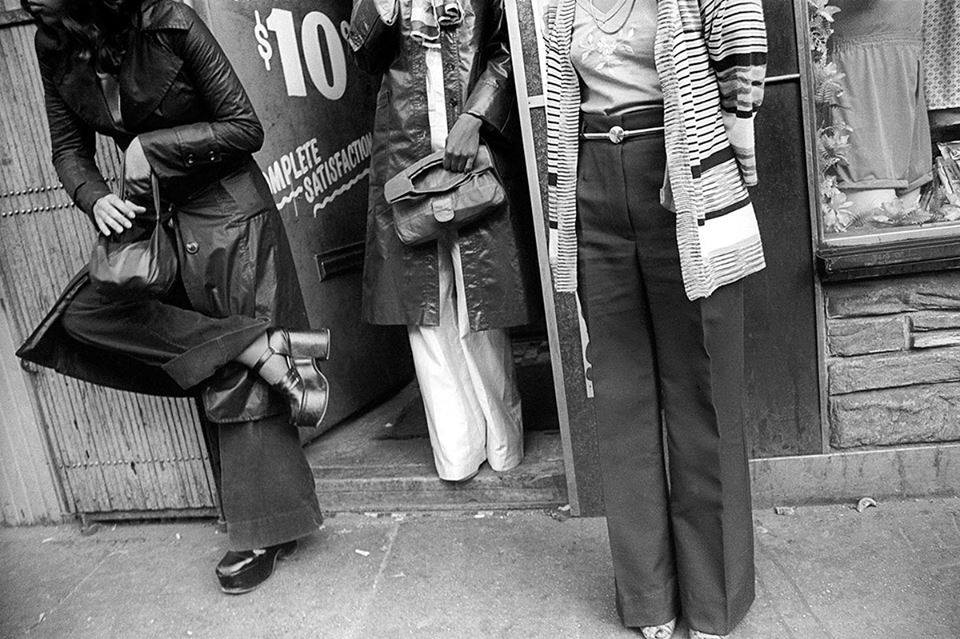
Some artists travel to seek new inspiration, but photographer Leland Bobbe is constantly discovering new inspiration in his native New York. Leland’s ability to focus on a variety of city life has earned him awards and international recognition for unique projects such as Half-Drag, which captures the city’s drag queens as half male and half female for a beautiful study in contrast. From grit to glam, Leland manages to find new ways to look at the cultural aspects that New York City is known for. He tells JustLuxe about his unique perspective and his ever-shifting focus on urban life.
How did you become interested in photography?
I first became interested in photography in my early 20s when I started to see things that I wanted to capture. To me it’s all about seeing, the technical part is secondary.
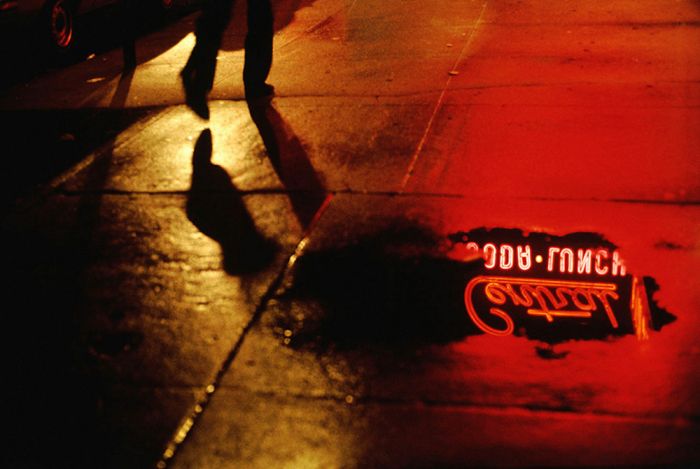
How does your commercial work influence your fine art work and vice versa?
I think in my case it has worked both ways. My early experience as a beauty and fashion photographer helped me greatly in my Half-Drag project in terms of my approach to lighting and directing. It also helped me in my approach to my Neo-Burlesque series working with the elaborate costumes. On the other hand, my early experience as a street photographer influenced the commercial work that I was shooting in the 80’s in terms of integrating blurs and motion to some of my advertising work.
Where do you find inspiration for your series?
The inspirations for my projects come from different places. They have come from something I see on the street or a museum, an article I’ve read, a movie, or just an idea that pops into my brain.
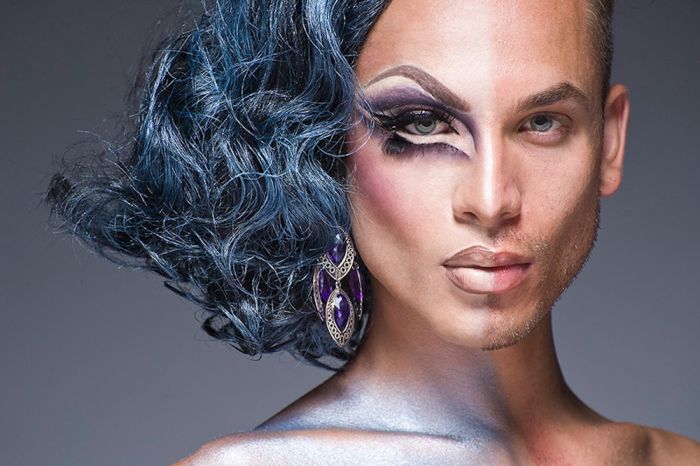
How has growing up and living in New York influenced your work?
Most of my projects have been a direct result of living in NYC. Almost every time I’m on the street I see something that captures my imagination. From my early days as a street shooter documenting the city in the 70’s, to Women of Fifth Avenue, NYC Wall Art, and Underground NYC. I continue to get a buzz from New York City. Even my Half-Drag and Neo-Burlesque projects were enabled by the fact that I have the ability to access so many different kinds of people here.
How did Half-Drag come about?
Half-Drag indirectly came out of my Neo-Burlesque project. I had photographed a male burlesque performer and later saw a snapshot of him on Facebook dressed as half male and half female. I had seen this before but it struck me what it might look like if I used that concept except as tightly cropped beauty type portraits. The idea stayed on the back burner until when attending an industry event I was introduced to one of the drag queens who was hired to serve the hor’s doeurves. I took his/her card and about two months later decided to give the idea a shot with the drag queen. I contacted him and explained my idea and he was game. Once the image was ready for public consumption I put it Facebook, as did he and the likes and comments started rolling in. I then used Facebook as my main tool in meeting other drag queens for my project.
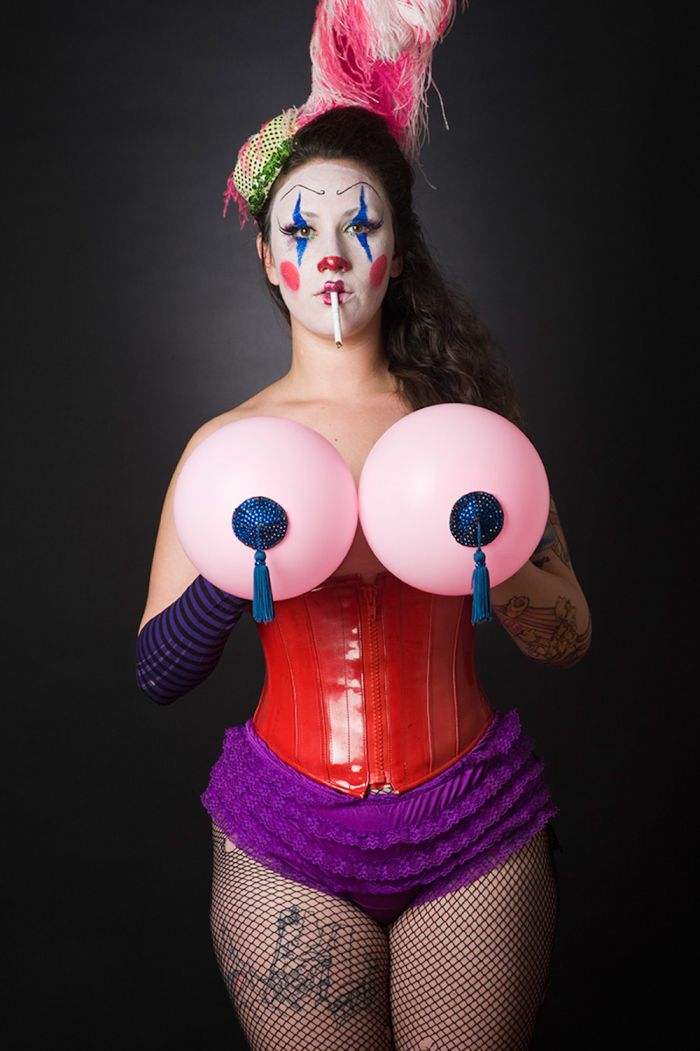
What was the best/most interesting thing that came from Half-Drag going viral?
Besides the rush and excitement of the viral experience, the thing that meant the most to me were the many personal emails I received from people praising the work and telling me how much it meant to them on a personal level. One email in particular stood out to me. It was from a high school girl on the west coast who was struggling with her gender identity. She told me how much strength and positivity she got out of the images and how she felt empowered by them.
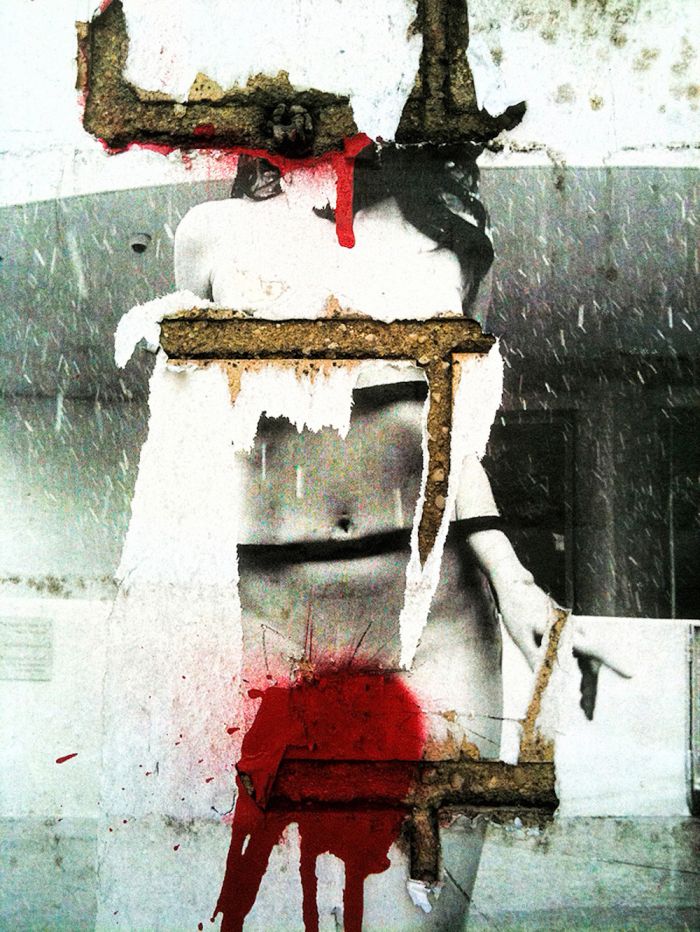
Describe some of your other series, such as Women of 5th Avenue or Underground NYC and how they developed?
I got the idea for Women of 5th Avenue after seeing some photos by Harry Callahan at the Museum of Modern Art. These were black and white street photos of faces of women walking on the streets of Chicago in 1950. I thought it would be interesting to do an updated version of this approach shooting in color and focusing the wealthy women of 5th Avenue. I decided to go out on sunny days to add drama and contrast to the images.
Underground NYC happened because I’ve always noticed the expressions of people in NYC subways. There is something about the dynamic that happens when complete strangers are crowded into a given space. Seeing this, I felt compelled to record what I was seeing. In order to be as inconspicuous as possible, I used my iPhone to shoot these photos. People are so used to seeing people using their phones that they barely noticed. While framing and shooting I just pretended that I was scrolling or typing. I experimented with some iPhone image processing apps until I found a look that removed the images somewhat from reality.
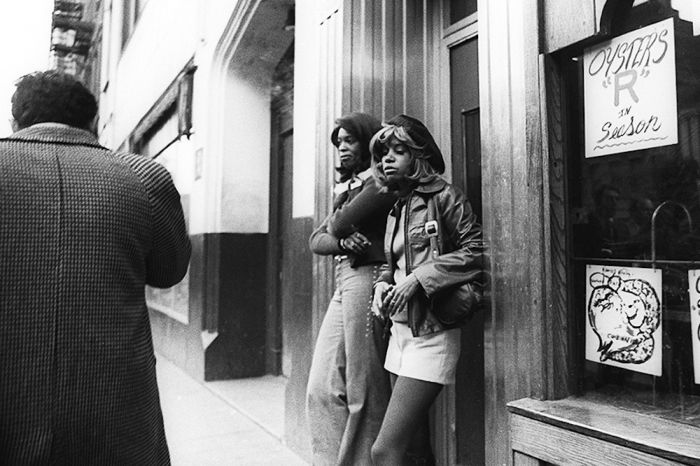
Do you have other artistic interests and pursuits beyond photography? How do they figure into your work?
Before I was a professional photographer I was a rock ‘n roll musician and played drums in a band named City Lights that was part of the CBGB scene. We were actually the first band that got signed to a record deal from CB’s. Although I continued to play into the 90's, I pretty much put music to the side except for listening. Right now I’m playing the electric bass. I think that my photography has been influenced by my love for music and film in that it creates a state of mind that I think comes through in the way that I perceive things. I also love to cook and BBQ low-and-slow at my country home and am pretty damn good at it. Besides cooking, fly-fishing is my main hobby that (believe it or not) I consider to be a creative endeavor.
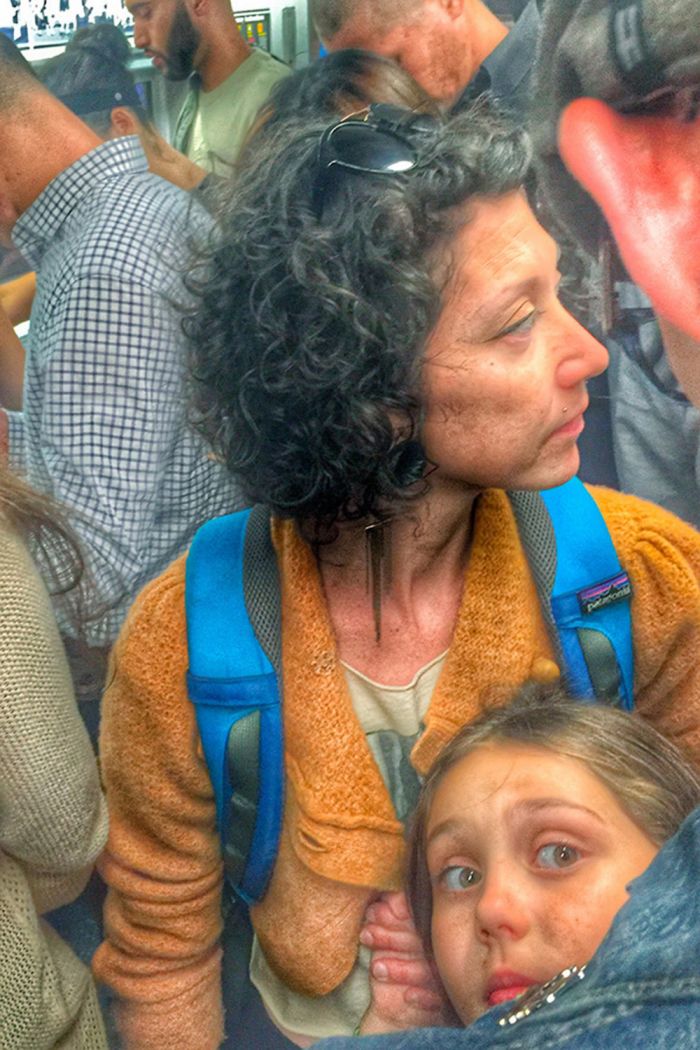
Are you currently showing your work anywhere?
Yes, four of my Half-Drag and four of my NYC Wall Art images are currently being shown at Pop International Gallery on the Bowery in New York City.
What kind of gear do you use?
I use Nikon Cameras and lenses and Profoto lighting equipment. To be perfectly honest, I believe that it is in no way the gear that makes the photographer. I could be using Canon and Broncolor and I think my images would look the same. It is the ability to “see” that is what’s most important.
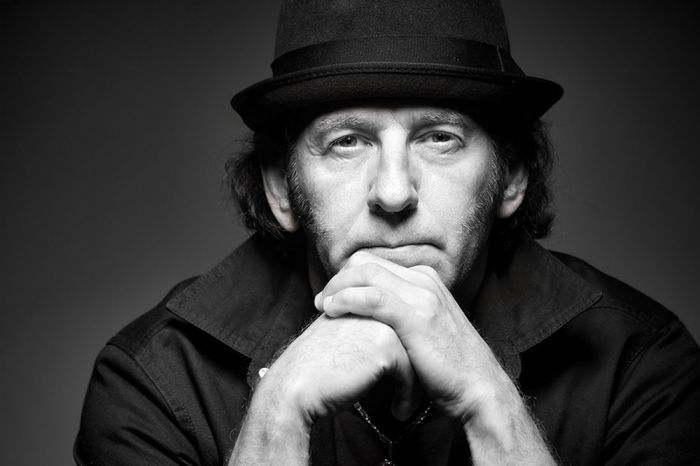
How does digital processing help or enhance your work?
I think that digital processing is a big help to my work in every stage of image creation. Having the ability to instantly see what I’m doing on the computer screen allows me to make adjustments on the fly and helps me to decide if something is working or not. Once I’ve shot and it comes to editing, I’ll take a computer screen over contact sheets or transparencies any day. Once I’ve selected the raw files I want to work on, my main tools are Photoshop and Topaz software. My personal taste is not to create something that screams “digital” but what I do is to retouch and tweak to the point that the file is subtly enhanced to look its best. Working digitally gives me complete control.
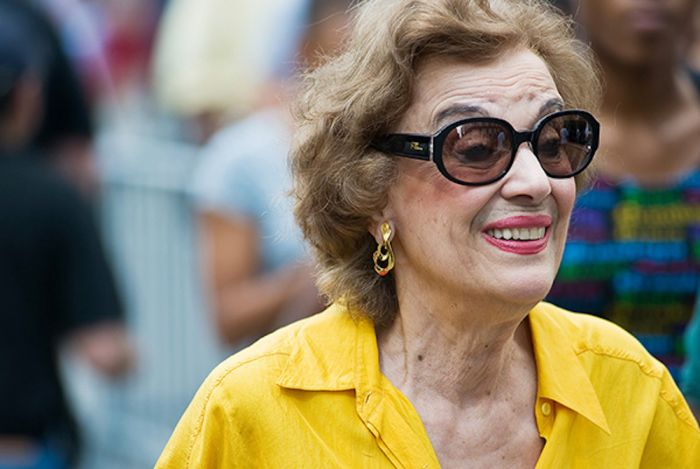
Do you have any current or upcoming projects?
Currently I’m wrapping up my Underground NYC series, although as long as there are subways and iPhones I’ll probably continue to shoot these. I have an idea for my next portrait project but would rather not reveal exactly what it is at this point. Let’s just say it is a street portrait project involving a particular group of people and it is definitely motivated by what I see on the streets New York City.
To find where to purchase Leland Bobbe's works online,visit Saatchi Arts.









